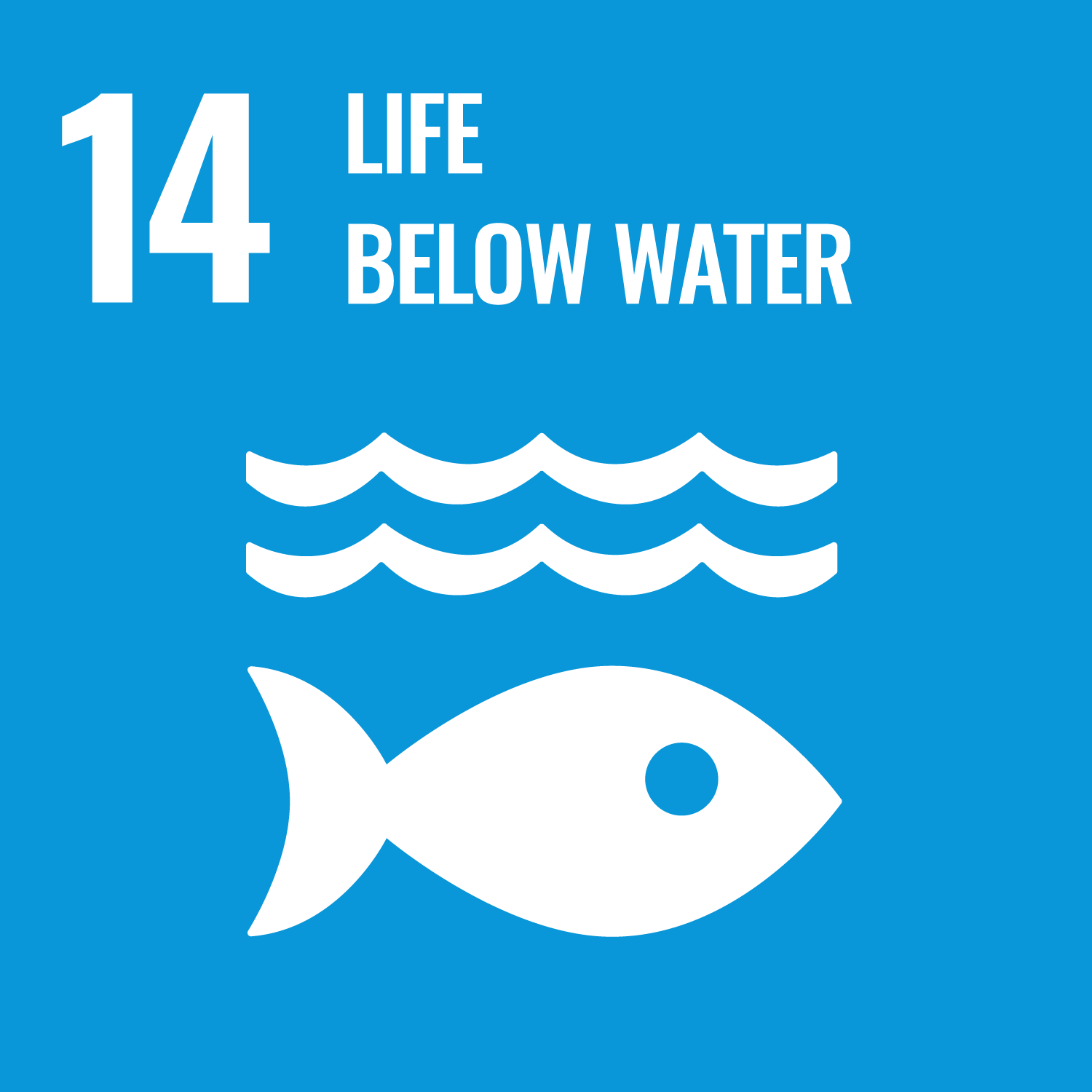Le Moan, A. orcid.org/0000-0002-9124-6844, Stankowski, S. orcid.org/0000-0003-0472-9299, Rafajlović, M. orcid.org/0000-0003-2177-4622 et al. (4 more authors) (2024) Coupling of twelve putative chromosomal inversions maintains a strong barrier to gene flow between snail ecotypes. Evolution Letters, 8 (4). pp. 575-586. ISSN 2056-3744
Abstract
Chromosomal rearrangements can lead to the coupling of reproductive barriers, but whether and how they contribute to the completion of speciation remains unclear. Marine snails of the genus Littorina repeatedly form hybrid zones between populations segregating for multiple inversion arrangements, providing opportunities to study their barrier effects. Here, we analyzed 2 adjacent transects across hybrid zones between 2 ecotypes of Littorina fabalis (“large” and “dwarf”) adapted to different wave exposure conditions on a Swedish island. Applying whole-genome sequencing, we found 12 putative inversions on 9 of 17 chromosomes. Nine of the putative inversions reached near differential fixation between the 2 ecotypes, and all were in strong linkage disequilibrium. These inversions cover 20% of the genome and carry 93% of divergent single nucleotide polymorphisms (SNPs). Bimodal hybrid zones in both transects indicated that the 2 ecotypes of Littorina fabalis maintain their genetic and phenotypic integrity following contact. The bimodality reflects the strong coupling between inversion clines and the extension of the barrier effect across the whole genome. Demographic inference suggests that coupling arose during a period of allopatry and has been maintained for > 1,000 generations after secondary contact. Overall, this study shows that the coupling of multiple chromosomal inversions contributes to strong reproductive isolation. Notably, 2 of the putative inversions overlap with inverted genomic regions associated with ecotype differences in a closely related species (Littorina saxatilis), suggesting the same regions, with similar structural variants, repeatedly contribute to ecotype evolution in distinct species.
Metadata
| Item Type: | Article |
|---|---|
| Authors/Creators: |
|
| Copyright, Publisher and Additional Information: | © The Author(s) 2024. Published by Oxford University Press on behalf of The Society for the Study of Evolution (SSE) and European Society for Evolutionary Biology (ESEN). This is an Open Access article distributed under the terms of the Creative Commons Attribution-NonCommercial License (https://creativecommons.org/ licenses/by-nc/4.0/), which permits non-commercial re-use, distribution, and reproduction in any medium, provided the original work is properly cited. For commercial re-use, please contact reprints@oup.com for reprints and translation rights for reprints. All other permissions can be obtained through our RightsLink service via the Permissions link on the article page on our site—for further information please contact journals.permissions@oup.com. |
| Keywords: | speciation; hybrid zones; chromosomal rearrangements; linkage disequilibrium; Littorina |
| Dates: |
|
| Institution: | The University of Sheffield |
| Academic Units: | The University of Sheffield > Faculty of Science (Sheffield) > School of Biosciences (Sheffield) |
| Funding Information: | Funder Grant number Swedish Research Council 2018-03695_VR Fundação para a Ciência e Tecnologia PTDC/BIA-EVL/1614/2021 |
| Depositing User: | Symplectic Sheffield |
| Date Deposited: | 05 Aug 2024 15:50 |
| Last Modified: | 05 Aug 2024 15:50 |
| Status: | Published |
| Publisher: | Oxford University Press (OUP) |
| Refereed: | Yes |
| Identification Number: | 10.1093/evlett/qrae014 |
| Related URLs: | |
| Sustainable Development Goals: | |
| Open Archives Initiative ID (OAI ID): | oai:eprints.whiterose.ac.uk:215713 |


 CORE (COnnecting REpositories)
CORE (COnnecting REpositories) CORE (COnnecting REpositories)
CORE (COnnecting REpositories)